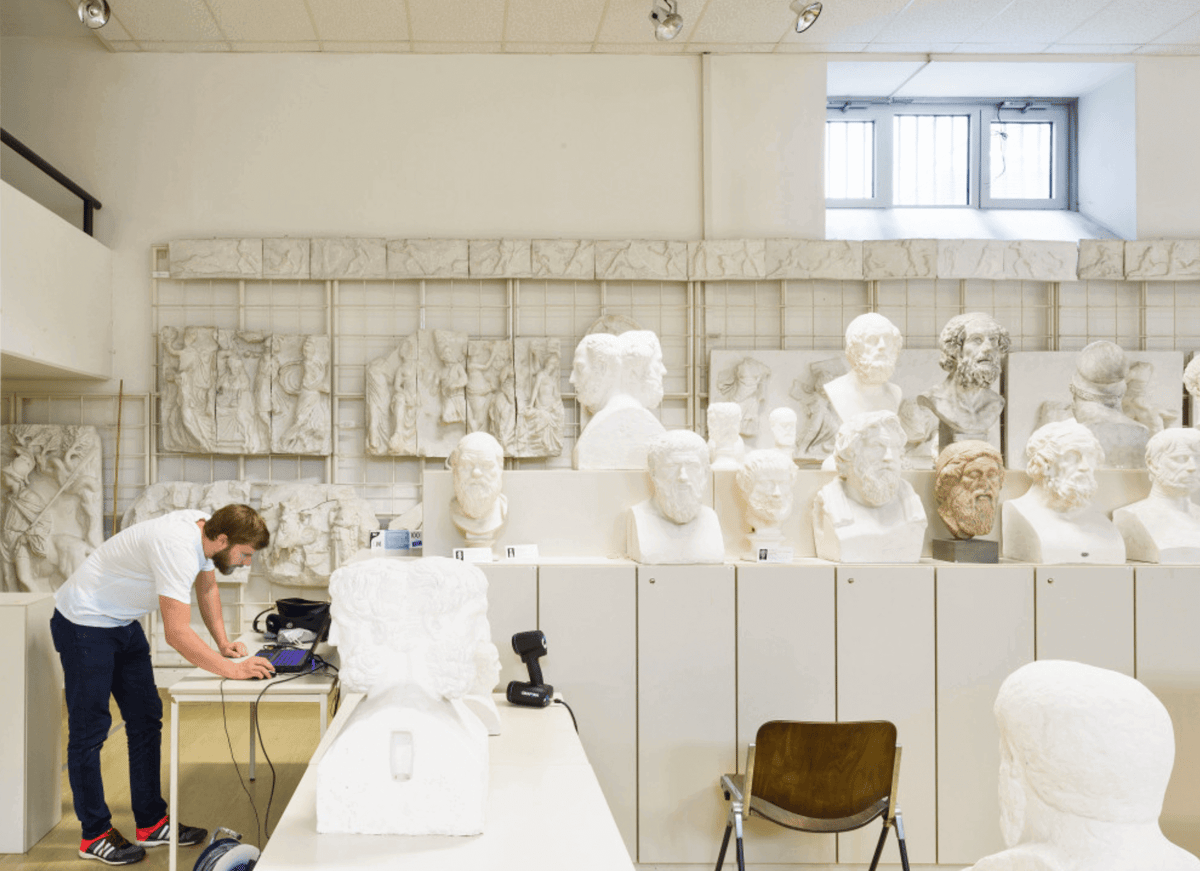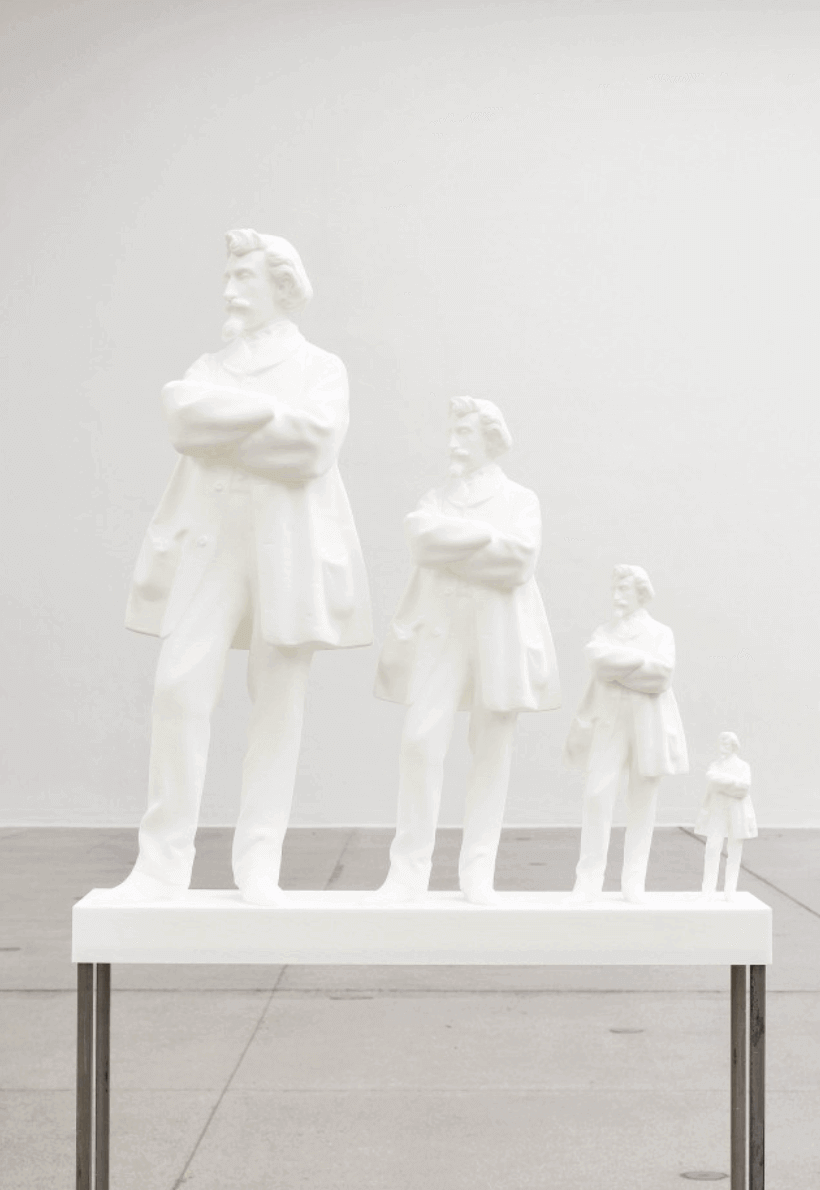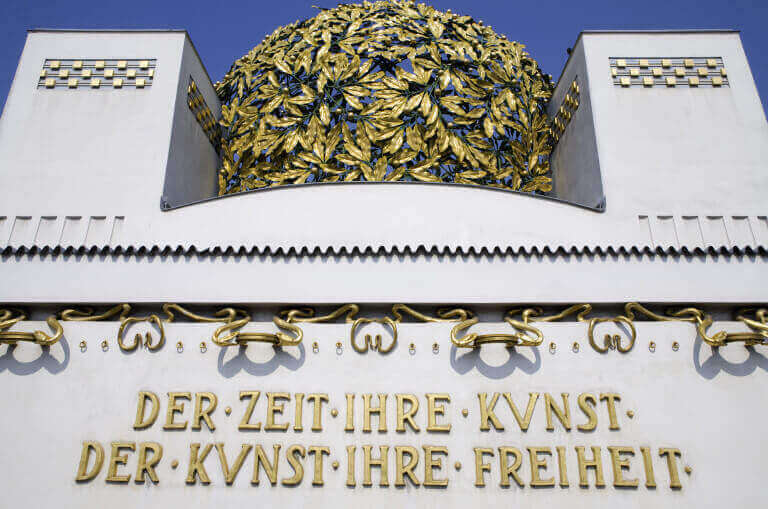The main hall of the Secession in Vienna has been transformed into a 3D printed sculpture display called Photo Plastik by Oliver Laric.
The show assembles Laric’s works, designed specifically for the Vienna Secession, which consists entirely of new pieces, most of which are 3D prints.
The artist, who studied at the University of Applied Arts in Vienna, claims 3D printing is a technology which has been central to his work over the last few years.
His juxtapositions of works and digital procedures such as “copy and paste” hope to raise the question of authorship.
How were the Photo Plastik Sculptures Made?
The selection of pieces included in the exhibition demonstrates how Laric intertwines his research into the history and the technological basis of 3D printing. This isn’t his first high-profile use of 3D printing either. In 2012, he undertook a project with a museum in Lincoln, England, which marked the beginning of an endeavor to collaborate with prominent museums.
His reasons for doing this is to then build a public accessible 3D archive of works of art and everyday objects and to distribute art objects held by museums by making 3D data available to everyone.
The sculptures are based on scans of works of art and other objects. To do this, Laric scanned sculptures from Kunsthistorisches Museum, the Albertina, the University of Vienna’s Institut für Klassische Archäologie and various public locations.
He then subjected the resulting data to a time-consuming 3D modeling process and then prepared them for printing.
As well as the 3D prints which make up the exhibition, Laric has released the data derived from the sculptures into the public domain and made them available for anyone to download. His efforts to disseminate art objects held by museums across geographical, social, and cultural boundaries by making 3D data available to an increasingly digital society represent a challenge to many museums; unresolved questions concerning copyright and usage rights further complicate the issue.
Perhaps the most notable piece of the collection is Beethoven on his throne which has a total height of 2.6 meters and towers over the other works.
This print was far too large for the total printing volume of even industrial 3D printers and so a time-consuming disassemble into multiple components was required.
A composition of twenty-five all white 3D printed elements were used for this piece and it is the artist’s most complex and largest object to date.
Laric’s work is also a spectacular achievement as it is not based on a 3D scan but on a 3D model produced “manually” after photographs of the original.
If you’re interested in finding out more, make sure to check out Laric’s book, also titled Photo Plastik, which contains detailed information on download links for all the works on view as well as a timeline of 3D technology.
His timeline begins with a patent registered in France in 1860 by François Willème, which effectively anticipated today’s 3D process and spans right to a sketch of what the global market for 3D scans will look like in 2020.
The exhibition has run from April 22nd and will end on June 19th 2016 and don’t forget to view the 3D scans Laric has uploaded for everyone to use.
License: The text of "Photo Plastik Exhibition Shows 3D Printed Art in Vienna" by All3DP is licensed under a Creative Commons Attribution 4.0 International License.



